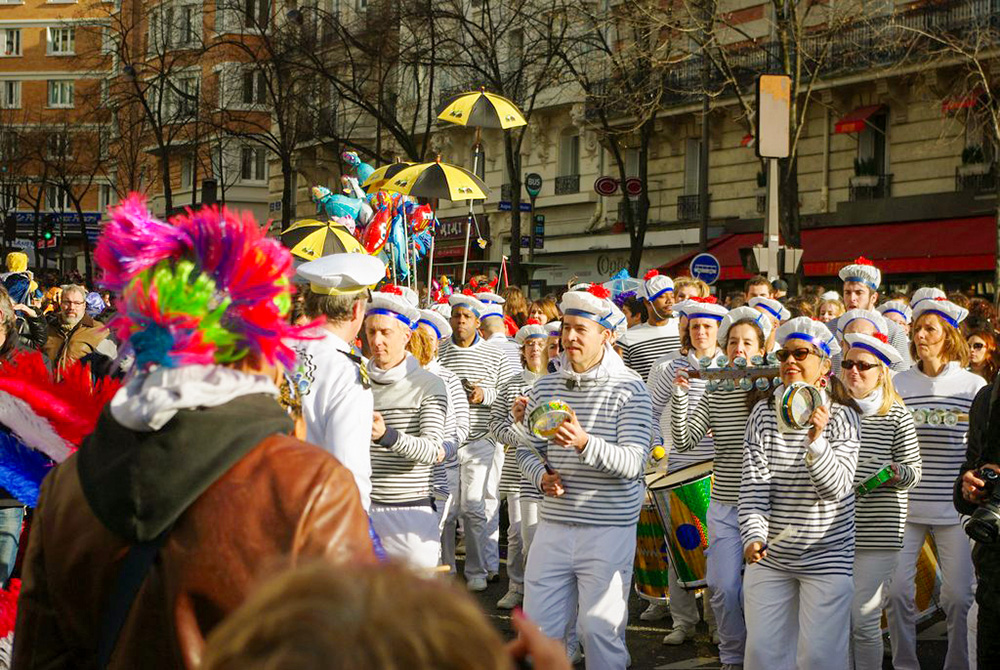The Paris Carnival boasts a rich history, dating back to the Middle Ages.
Once a grand annual event, it disappeared from the city’s streets for decades before making a triumphant return in 1997, after a long hiatus since 1952.
Today, the revived Paris Carnival bursts into life with a vibrant, energetic parade, drawing tens of thousands of Parisians and visitors.
From Place Gambetta to Place de la République, the city comes alive with colourful costumes, lively music, and a festive atmosphere that brings back the joyous spirit of old.
Let’s take a closer look at this spectacular celebration and how it reclaimed its place in Parisian tradition! 🎭✨
Watch our short video presentation about Mardi Gras in France:
What are the origins of the Paris Carnival?
Mardi-Gras (Fat Tuesday) isn’t just an excuse to indulge in rich foods before Lent—it’s a celebration of joy, music, and extravagant parades.
It’s the day when the world momentarily turns upside down when masks allow people to become whoever they want, and when the air smells of deep-fried delights.
In Paris, this tradition goes back centuries.
While many associate carnival with Rio or Venice, the Paris Carnival has its own fascinating story.
It was once a grand, lively affair—until it disappeared for nearly half a century.
After a prolonged interruption between 1952 and 1997, it returned to reclaim its place in the heart of the city.
And what would a carnival be without its festive treats?
It’s the perfect time to devour oreillettes—crispy, golden pastries dusted with icing sugar—and beignets de carnaval, fluffy little fritters rolled in crunchy granulated sugar.
These sweet indulgences are a reminder that carnival is as much about taste as it is about spectacle.
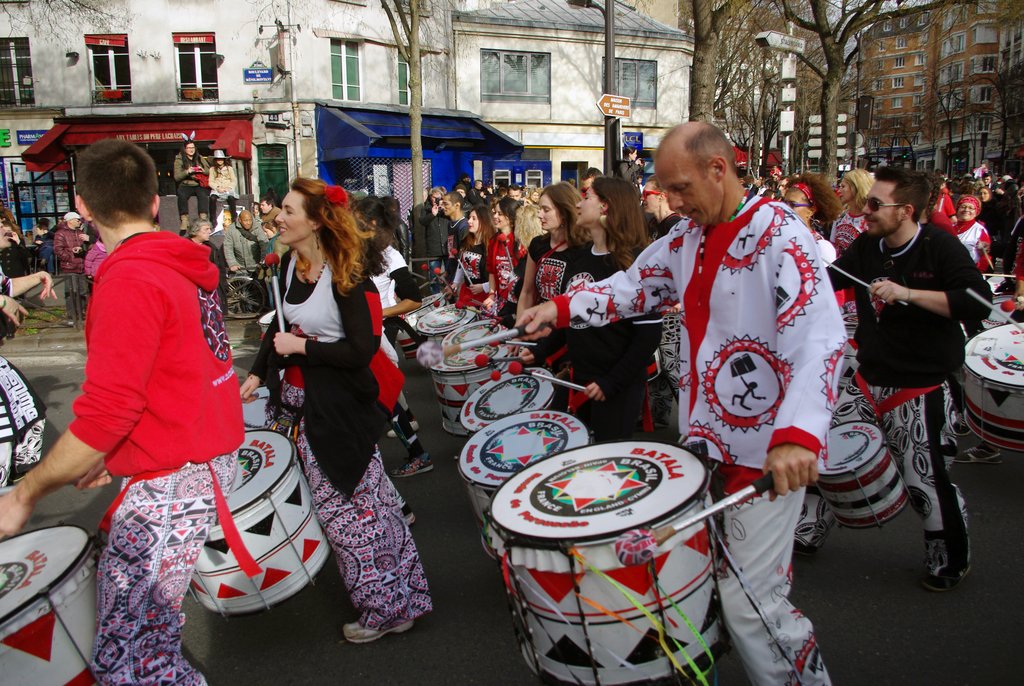
A Medieval Festival of Rebellion: The Feast of Fools
Back in the Middle Ages, the Paris Carnival was closely tied to the infamous Feast of Fools, a raucous celebration where societal rules were joyfully tossed aside.
It was a time for mockery, parody, and role reversal—peasants became kings, clerics staged satirical plays, and disorder reigned supreme for a brief, glorious moment.
Unlike today’s short-lived celebration, the Paris Carnival used to stretch over several months, from Epiphany to Lent, culminating in the grand finale on Fat Tuesday (Mardi-Gras).
Everyone took part—from workers to students, from guilds to high society.
The streets transformed into a theatre of masks, floats, and unbridled revelry.
Imagine the spectacle: a long procession of costumed figures, masks hiding mischievous grins, music echoing through the winding streets.
The Queen of Queens—a tradition where a young woman was crowned carnival queen—reigned over the parade, waving to the cheering crowds from atop an extravagant float.
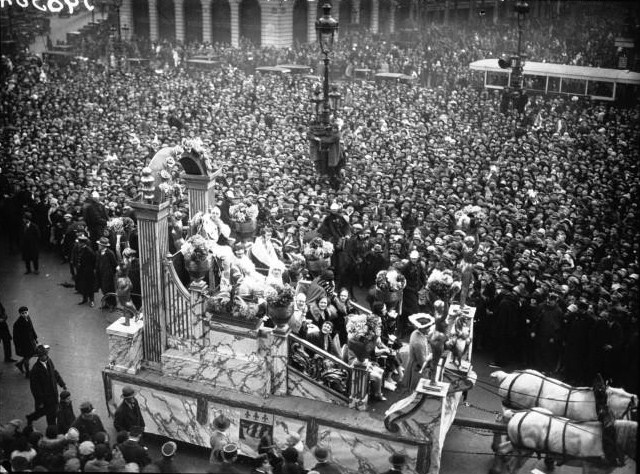
Captured on Canvas: When Artists Immortalised the Carnival
The Paris Carnival wasn’t just a street festival; it was a source of inspiration for some of the greatest artists of their time.
Claude Monet, Édouard Manet, and Paul Gavarni all captured the spirit of the celebration in their paintings, showing masked figures strolling along Parisian boulevards, confetti raining down, and extravagant costumes dazzling the eye.
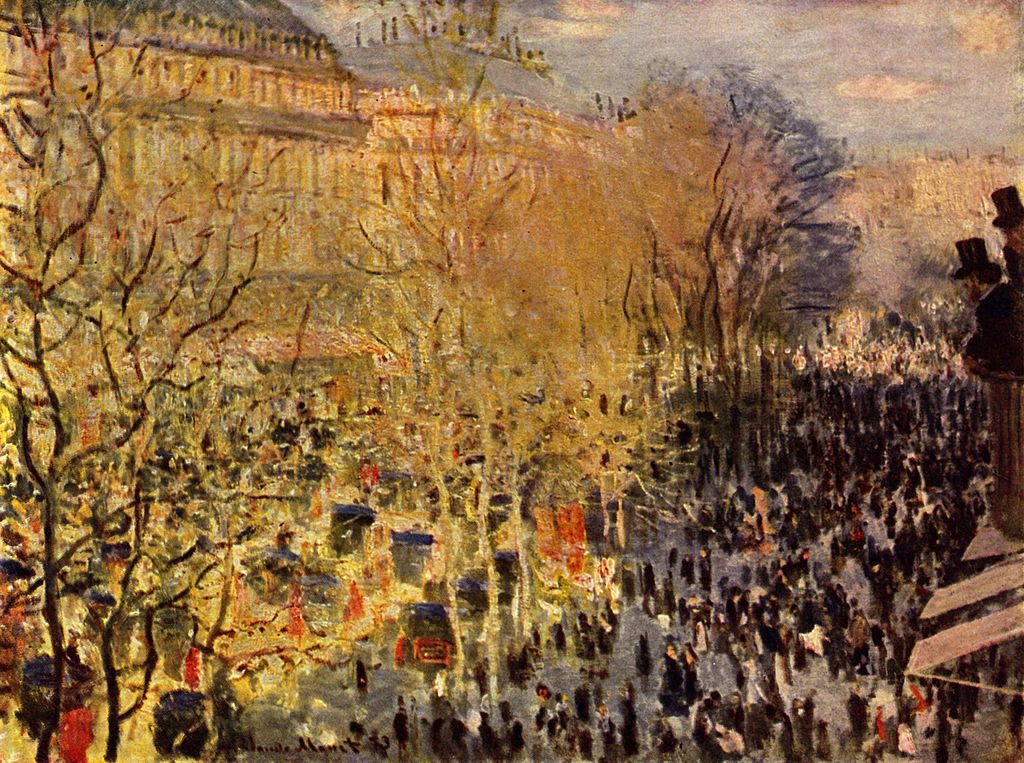
Even the press couldn’t resist the magic of the event.
Newspapers dedicated entire pages to the spectacle, highlighting its grandeur and importance in Parisian life.
The 1920 edition of the carnival was splashed across the pages of Le Petit Journal illustré, painting a vivid picture of an event that once dominated the city’s social calendar.
But then, it all stopped.
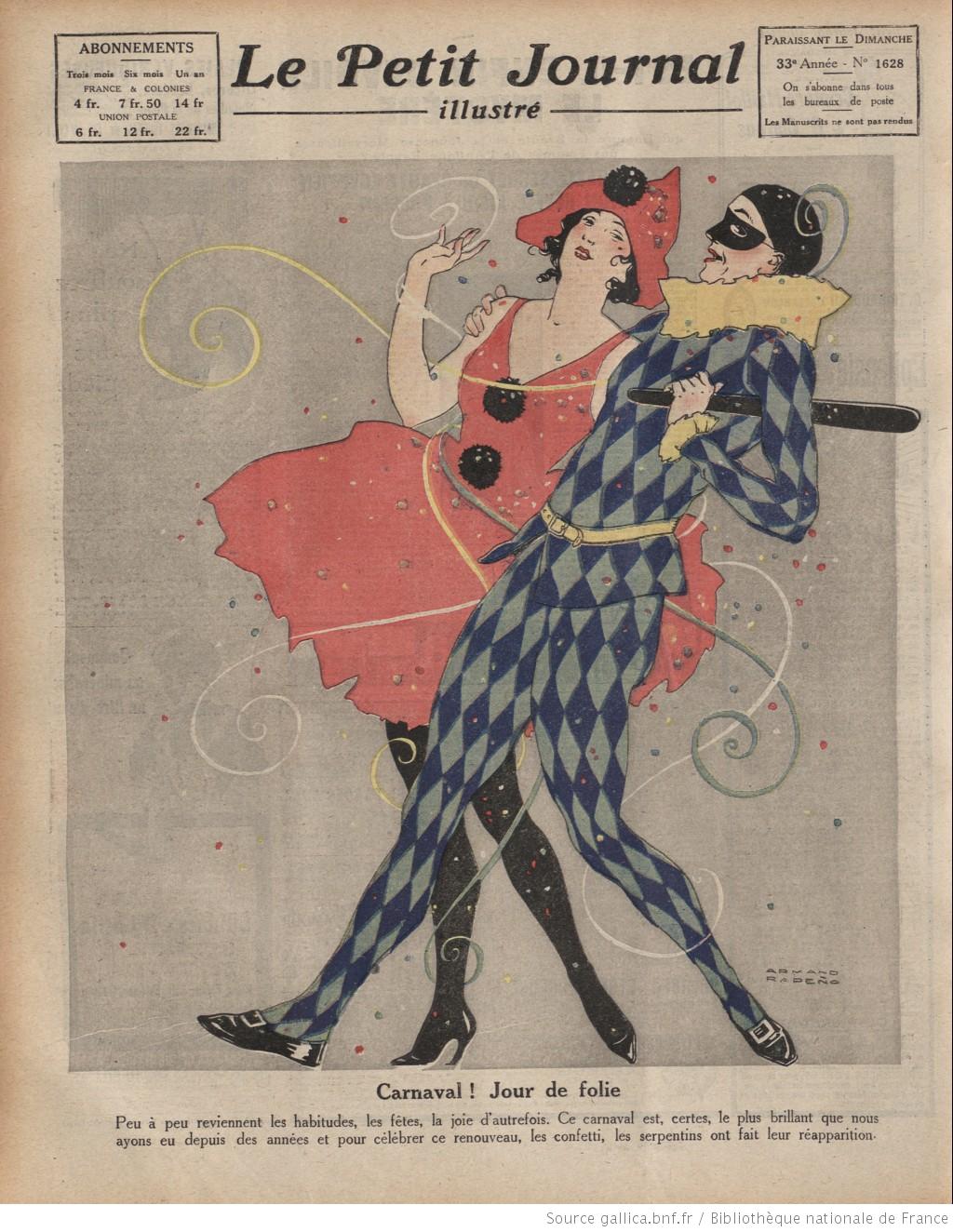
A Carnival in Limbo: The Sudden Disappearance
In 1953, political and social tensions cast a shadow over the festivities.
The Paris Carnival, once a grand tradition, vanished without a trace. No more floats, no more masks, no more music.
By the 1990s, most Parisians had completely forgotten that their city once had a carnival.
Ask anyone on the street, and they would have shrugged, unaware that a vibrant, centuries-old tradition had slipped into obscurity.
But, as with many forgotten traditions, all it needed was a group of determined individuals to bring it back to life.
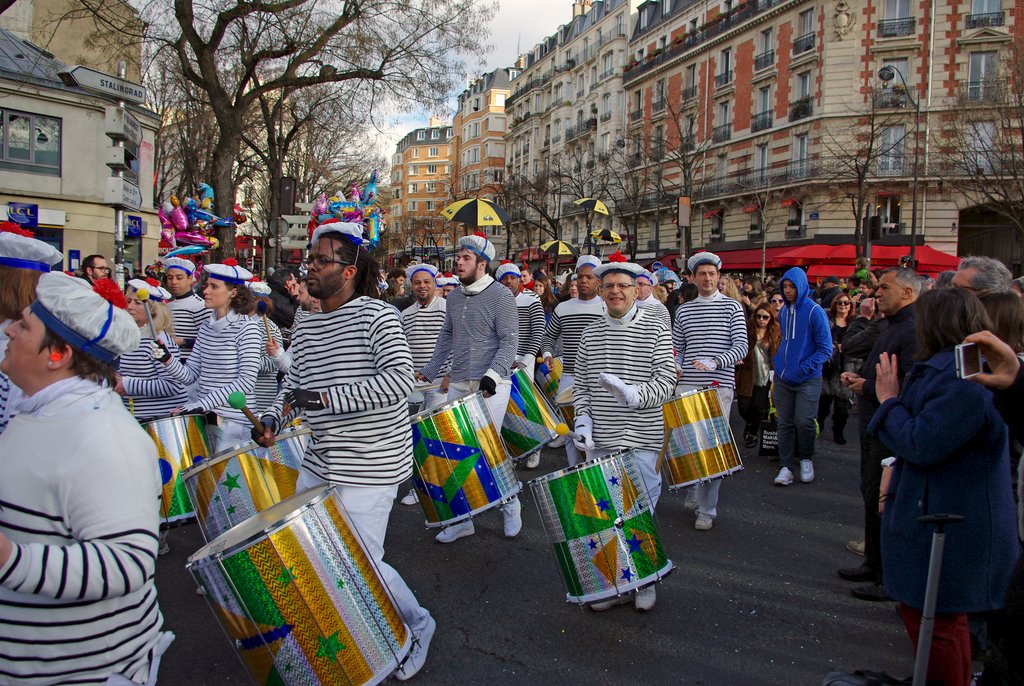
A Long-Awaited Revival
Fast forward to 1997, and thanks to private initiatives, the Paris Carnival was reborn.
The city streets once again filled with the sounds of drumming, whistling, and cheering as colourful processions weaved through the boulevards.
The Parades’ themes
The revived carnival isn’t just a nostalgic nod to the past—it’s a modern explosion of creativity.
Each year, the Mardi Gras parade embraces a different theme:
🎭 2014: Fairies, Trolls, and Company
🐉 2015: Knights, Dragons, and Castle Ladies
🌊 2016: The Fantastic Water World
🍏 2017: The Dance of Fruits and Vegetables Around the World
📖 2018: The Fairytales of Perrault and Beyond
🏅 2019: One for All and All for Sport
🌬️ 2020: A Fabulous Aerial World
🏺 2022: Ancient Worlds
🌿 2023: The Vegetal World Under the Stars
🏛️ 2024: The Ancient Worlds
❤️ 2025: Love & Peace & Joy
Every year, thousands of participants don elaborate costumes and take to the streets, bringing a riot of colour to the Parisian winter.
The Modern-Day Procession: Where to See the Magic Unfold
Today’s Mardi Gras parade begins in the lively 20th arrondissement at Place Gambetta.
From there, it winds its way through:
📍 Avenue Gambetta
📍 Boulevard de Ménilmontant
📍 Boulevard de Belleville
📍 Rue du Faubourg du Temple
And finally, the grand finale—Place de la République, where the celebration reaches its peak with a jubilant street party.
If you ever find yourself in Paris on Mardi Gras, this is the place to be.
Expect booming drums, whirling dancers, and costumes so elaborate they could belong in a fantasy film.
Find out more about the parade on the festival’s official website.
My Experience at the Paris Carnival
In February 2016, I attended the 19th edition of the revived Paris Carnival with my three-year-old daughter, Aimée.
I wanted her to experience something surprising, something that would fill her childhood with the kind of wonder that lingers forever.
We took the métro to Père Lachaise, then positioned ourselves at Place Auguste Métivier, where the parade made a sharp turn.
A strategic spot for a good view—ideal for a small child perched on my shoulders.
The anticipation in the crowd was electric.
The police were set. People craned their necks, cameras at the ready.
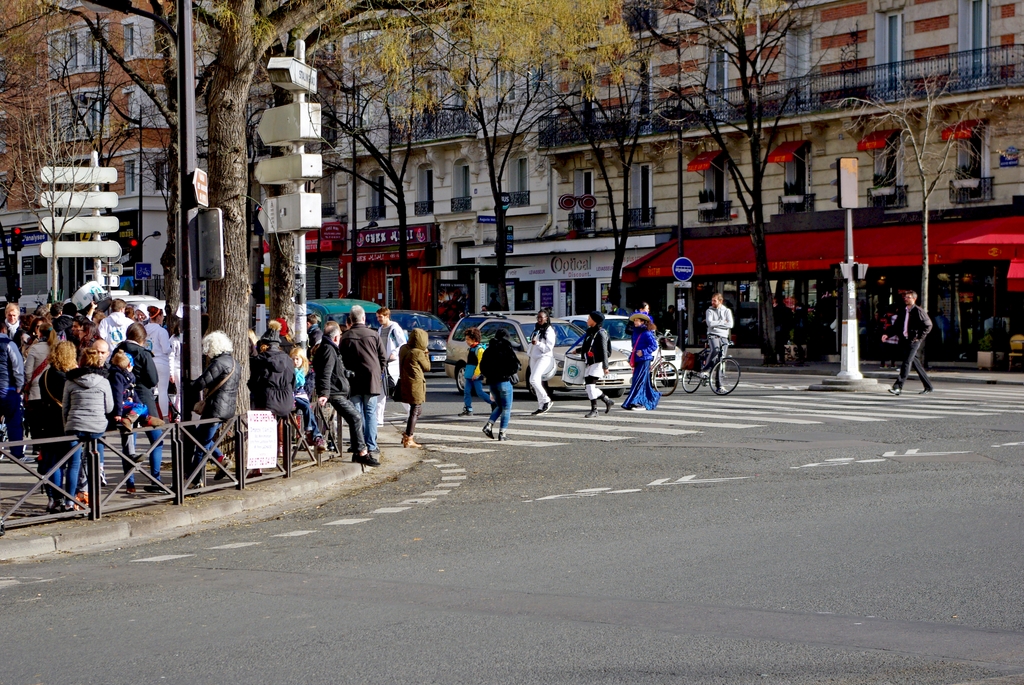
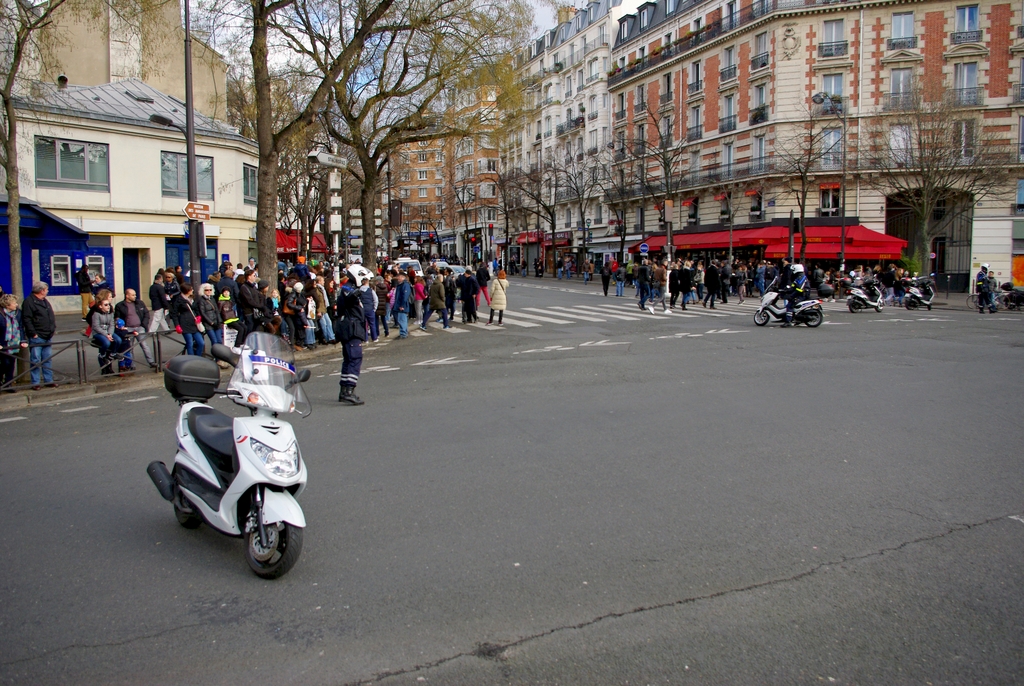
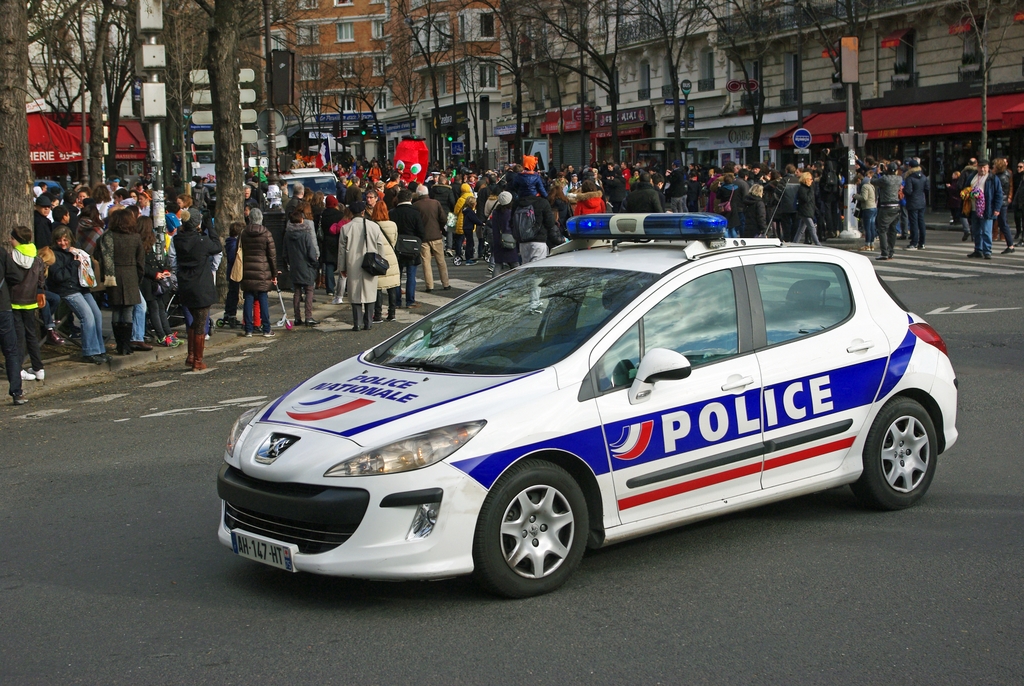
A murmur of excitement spread like wildfire.
And then… BOOM. A distant drumbeat.
BOOM. BOOM. Louder now.
The parade was approaching.
Suddenly, a giant strawberry-headed figure appeared in the distance, bouncing towards us with its vibrant red costume.

Then came a man dressed like Davy Crockett, followed by a group in flaming orange-red outfits, waving their arms to the rhythm of the drums.
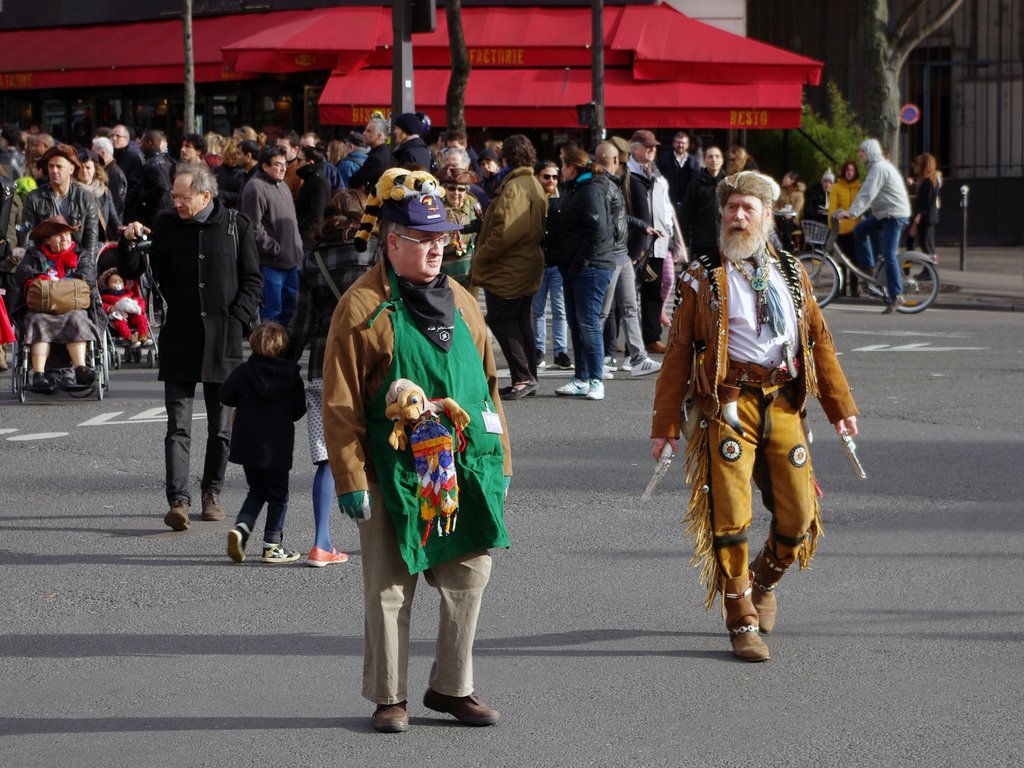
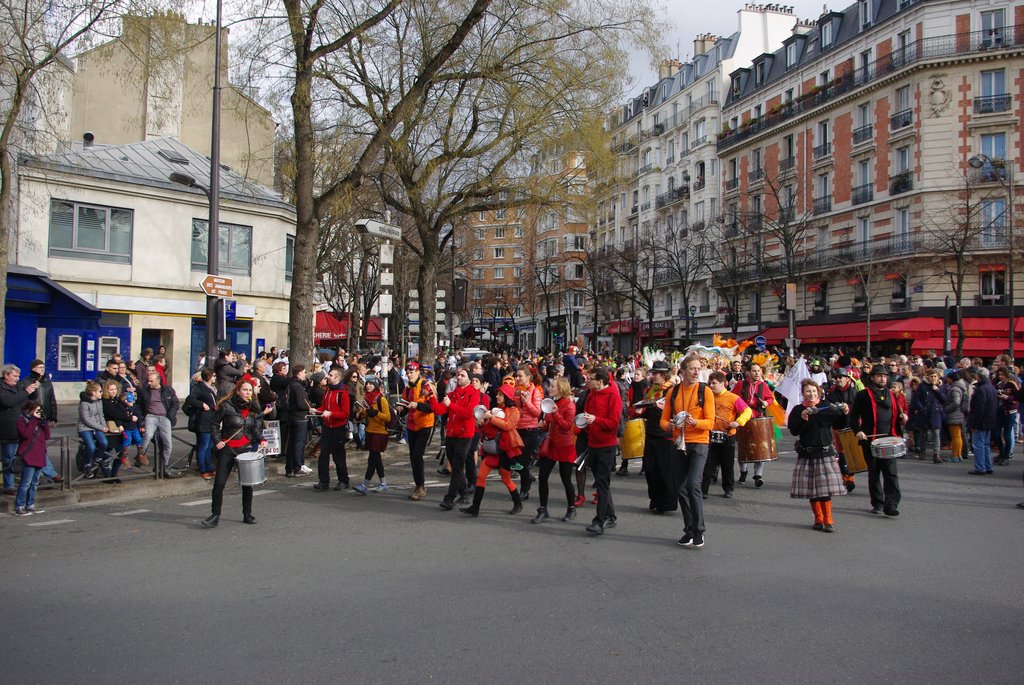
I was surprised by how many young people were part of the parade—20-somethings, 30-somethings—all clearly having the time of their lives.
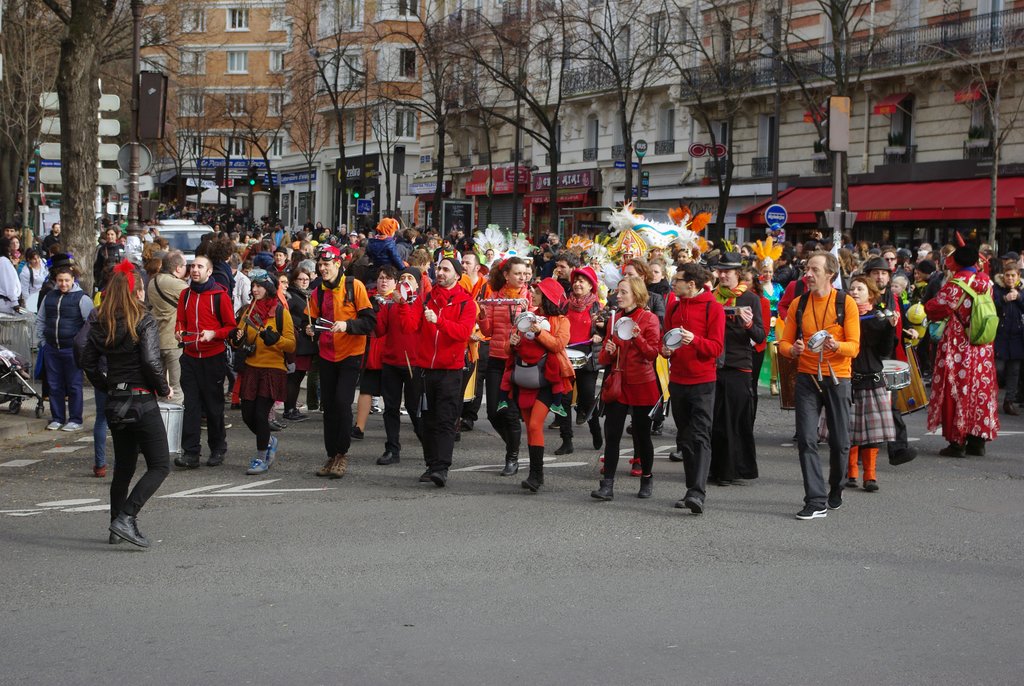
The Bolivian Dancers
Then came the Bolivian dancers—women in shimmering, traditional skirts, twirling gracefully, their smiles as bright as the sequins on their outfits. A burst of colour, movement, and sheer joy.
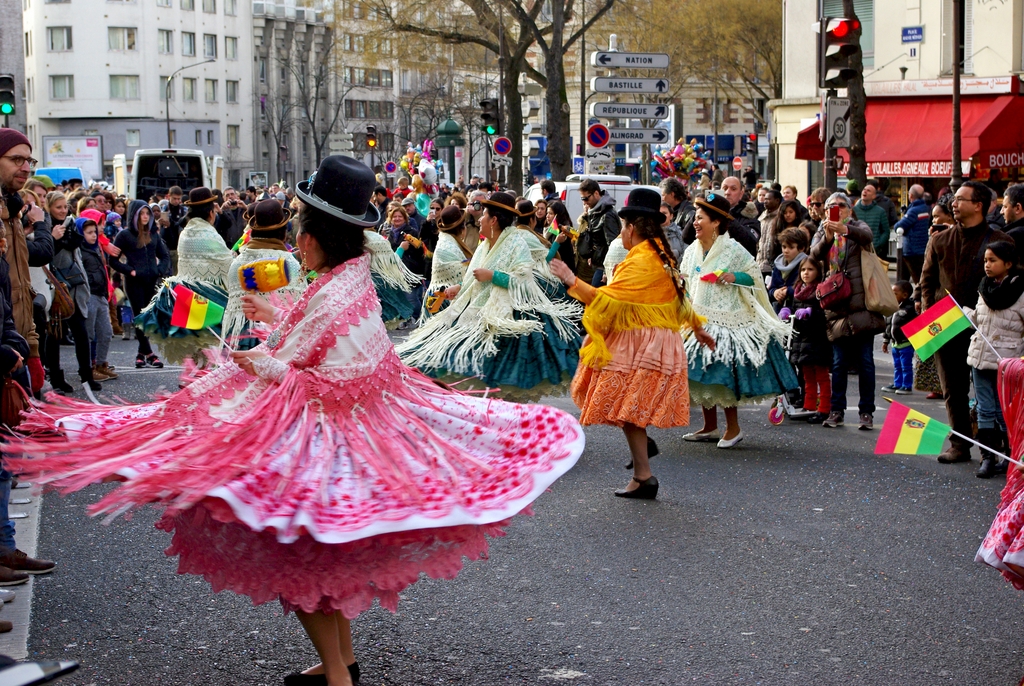
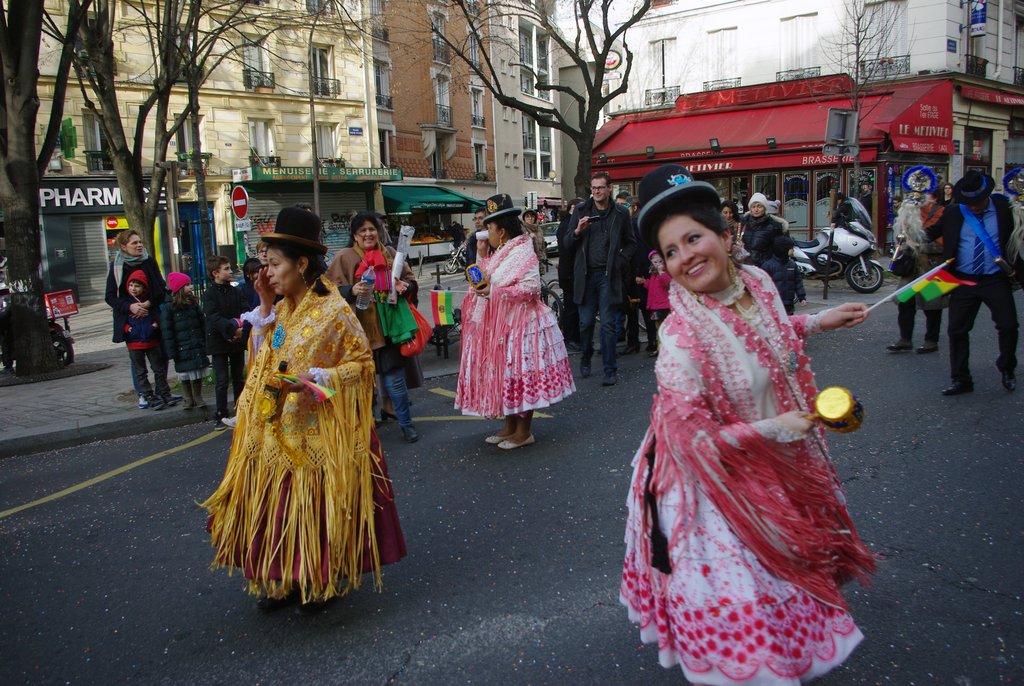
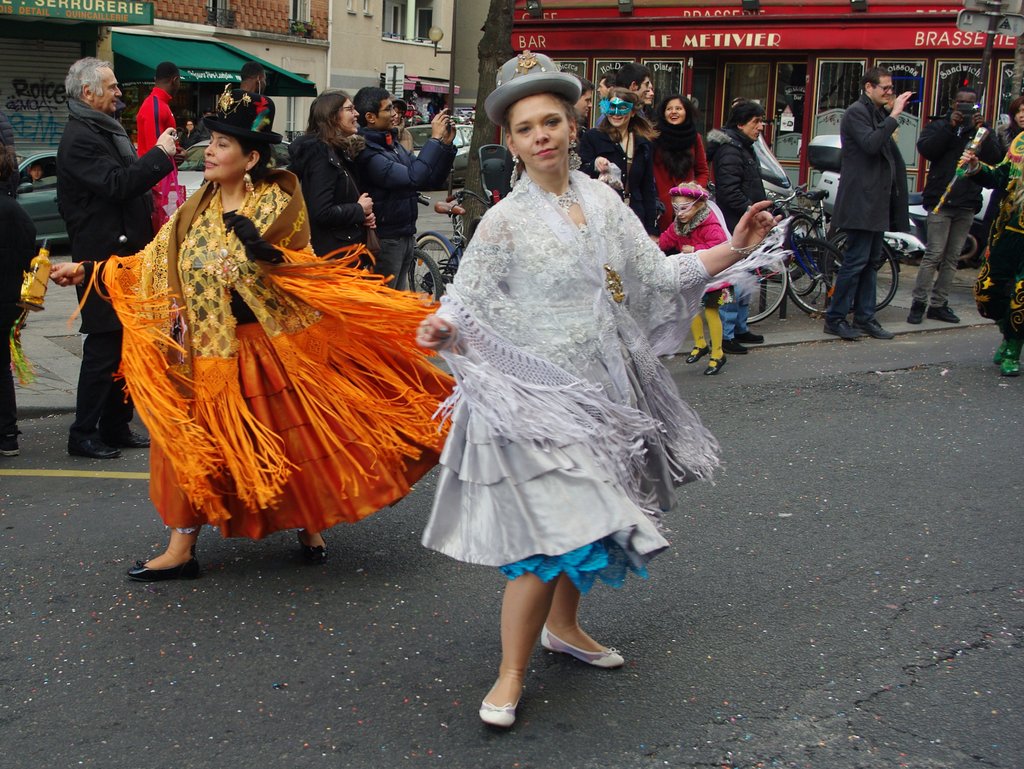
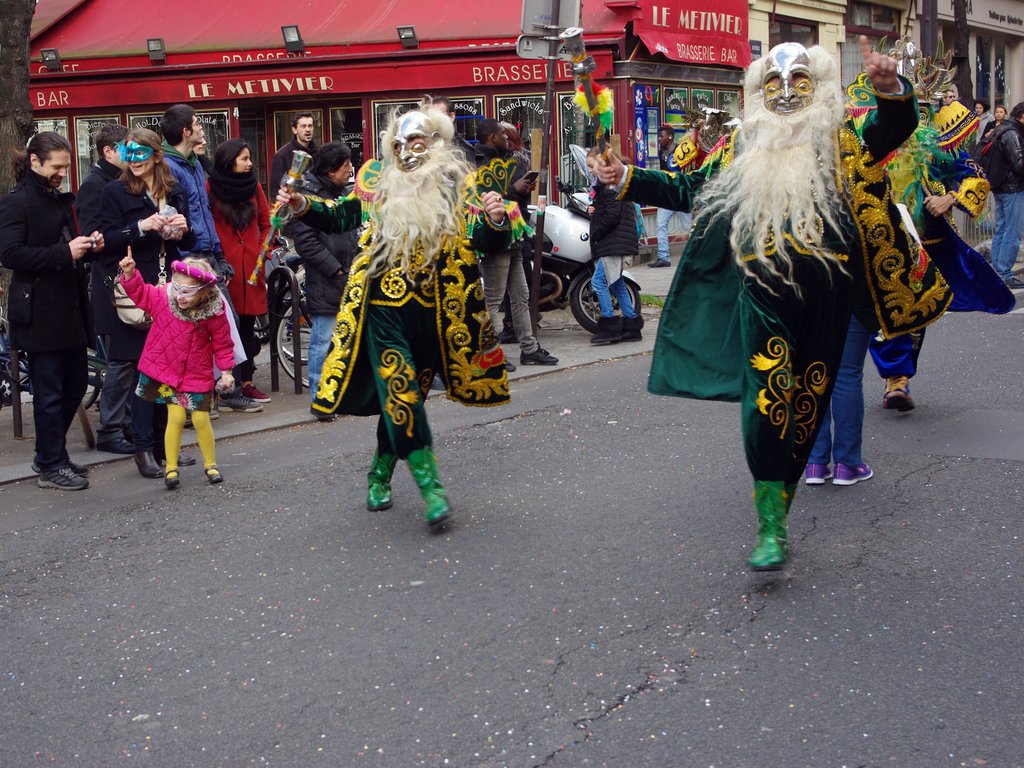
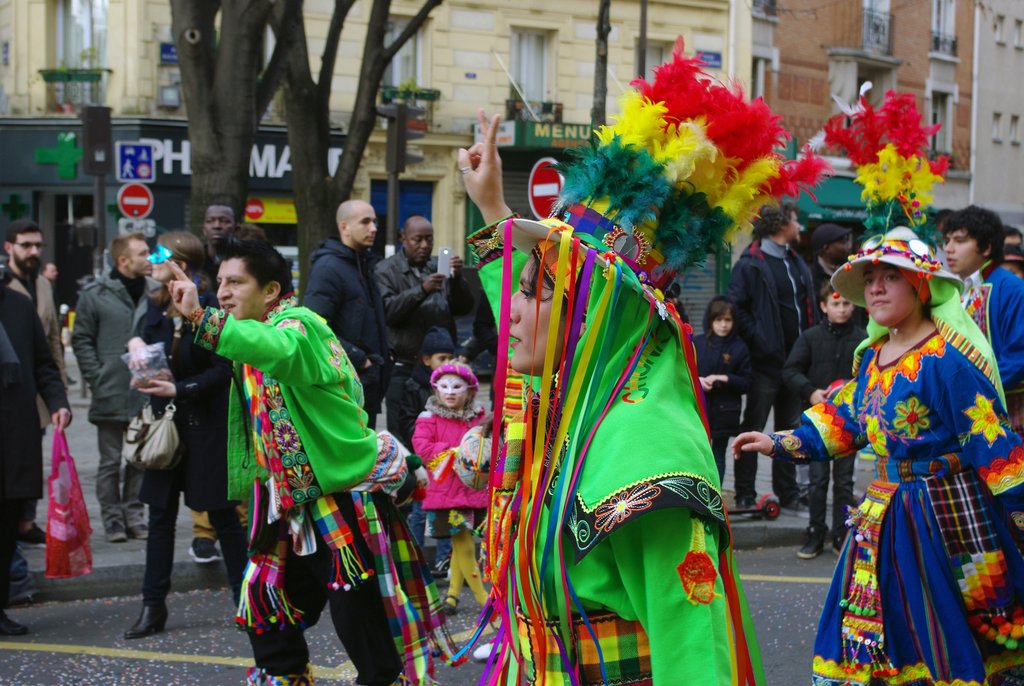
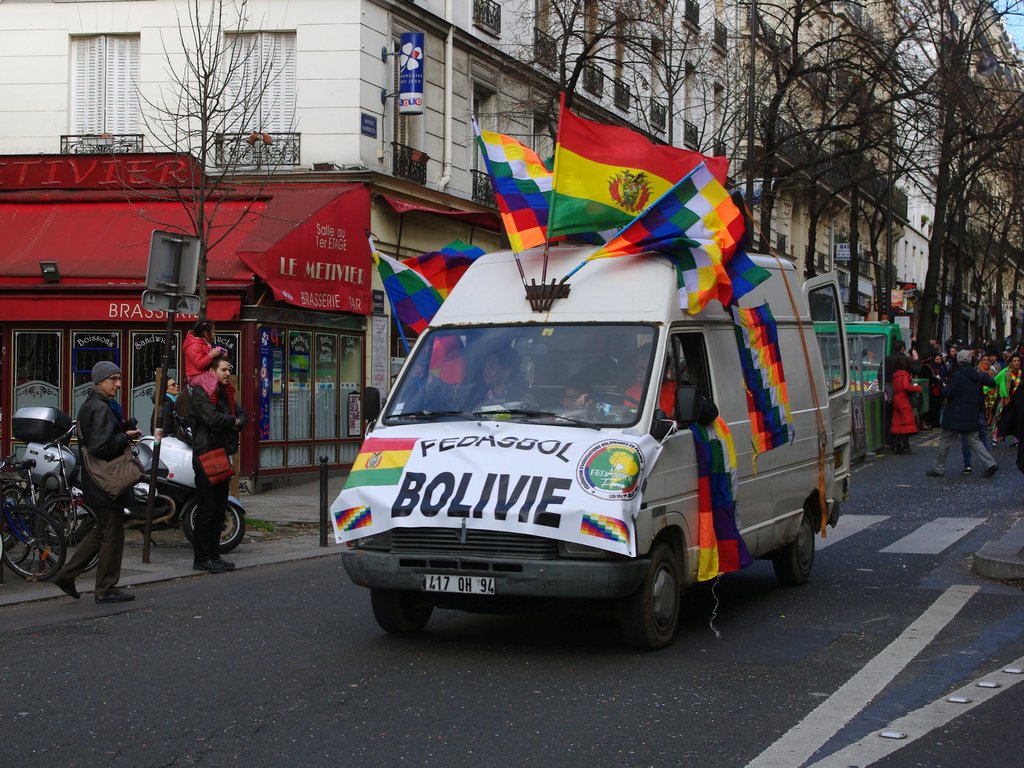
Music filled the air. Well, noise is probably the better word! Drums. Whistles. Shouts.
Everything combined into a glorious, chaotic symphony.
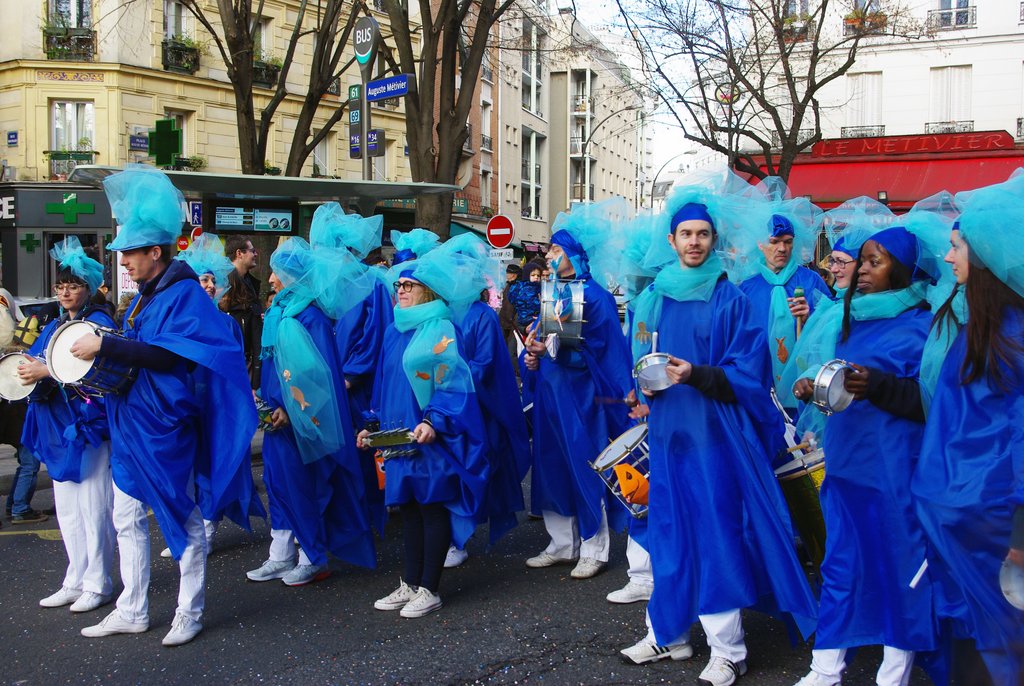
Even the spectators joined in—some in costume, others waving flags, everyone caught up in the infectious energy of the moment.
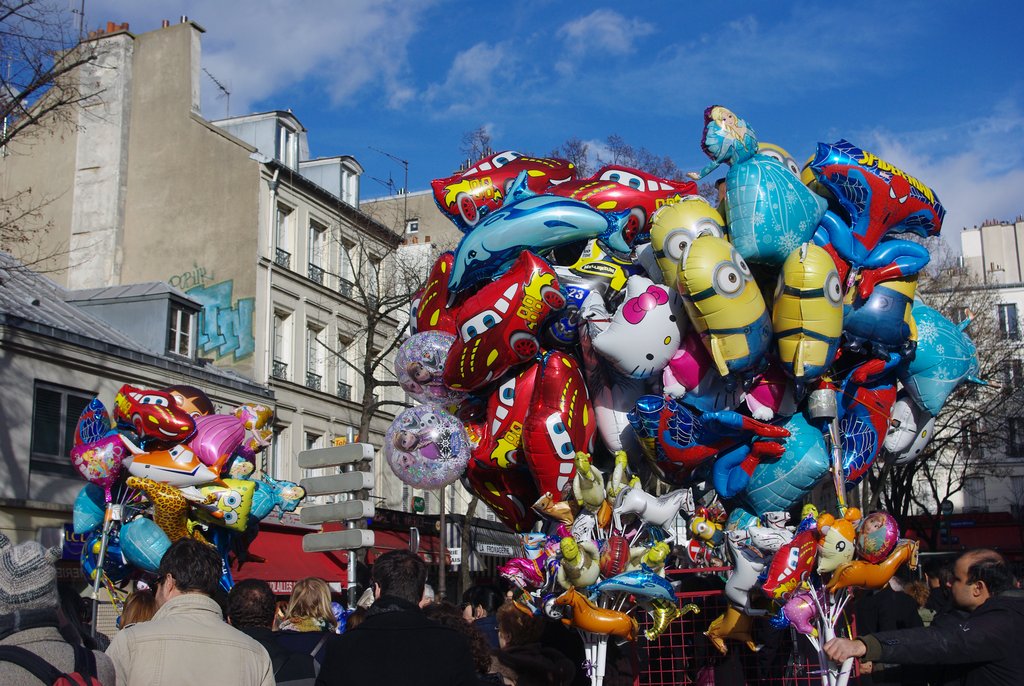
We followed the parade for a while, soaking in the atmosphere, but with a tired toddler in tow, we decided to head home before the final party at Place de la République.
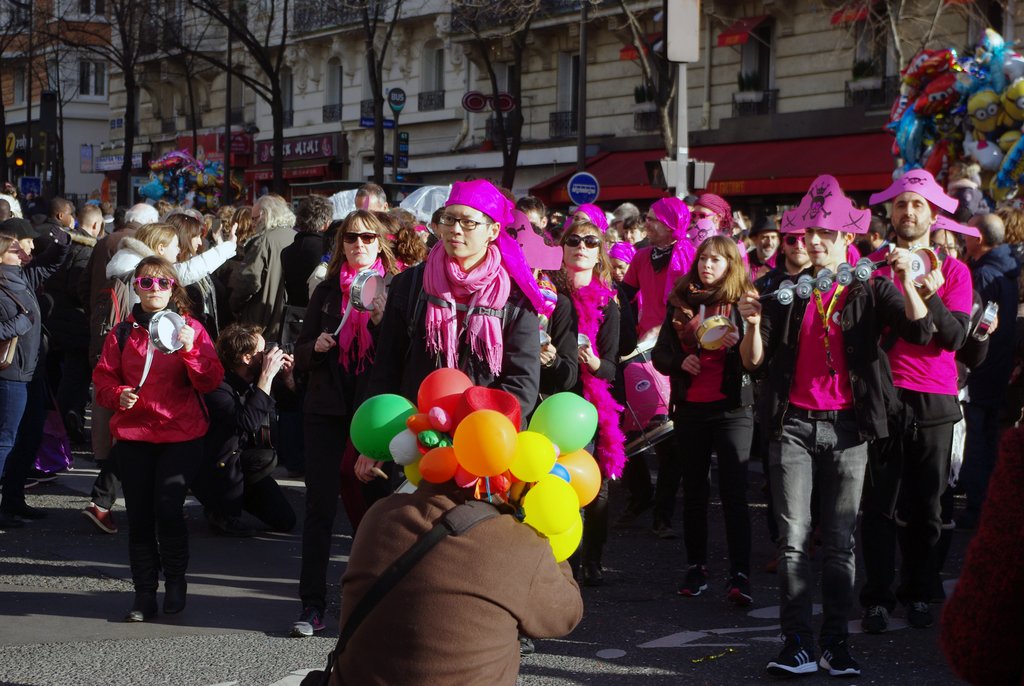

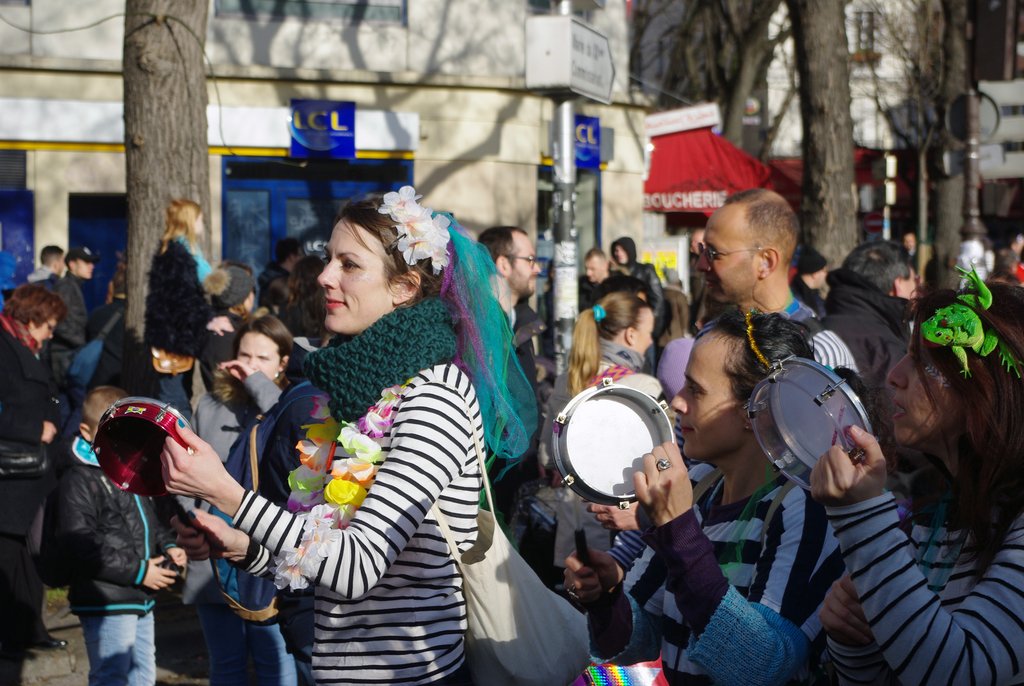
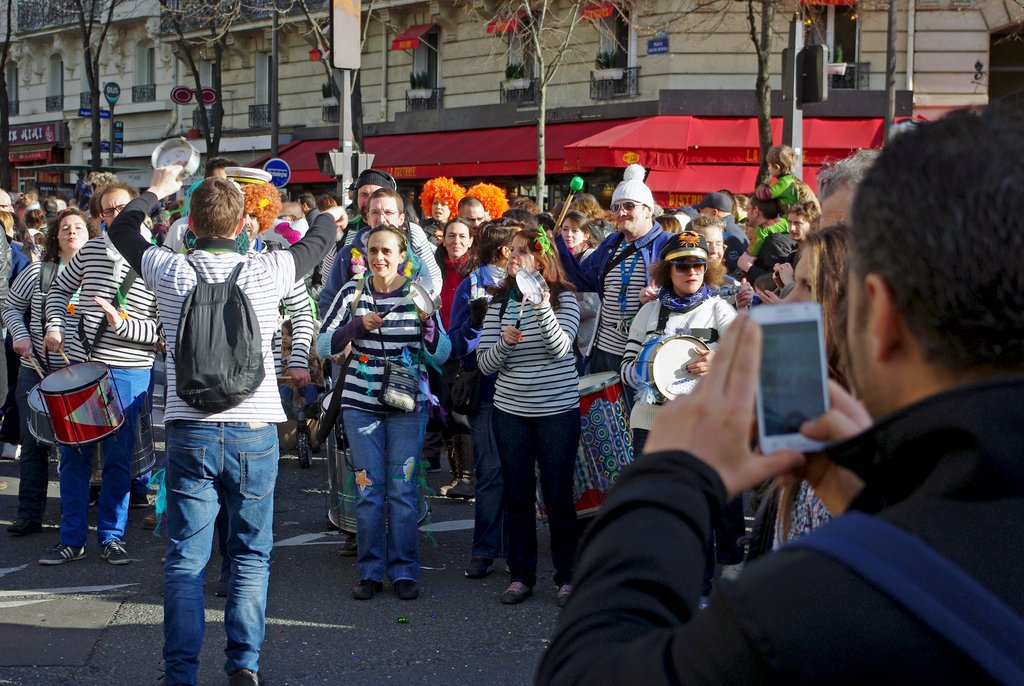
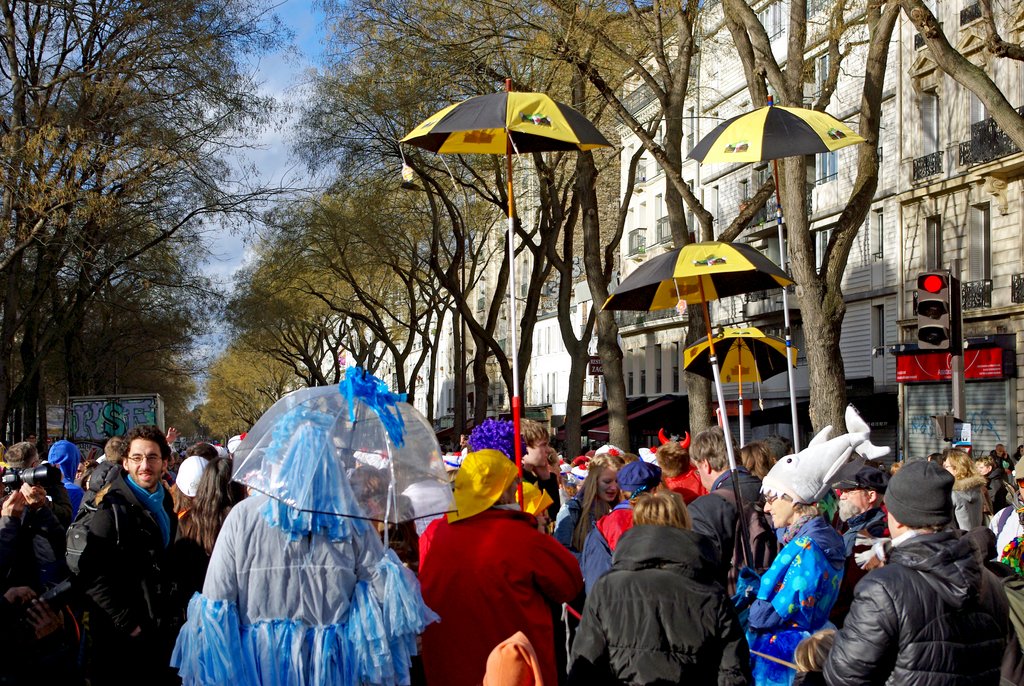

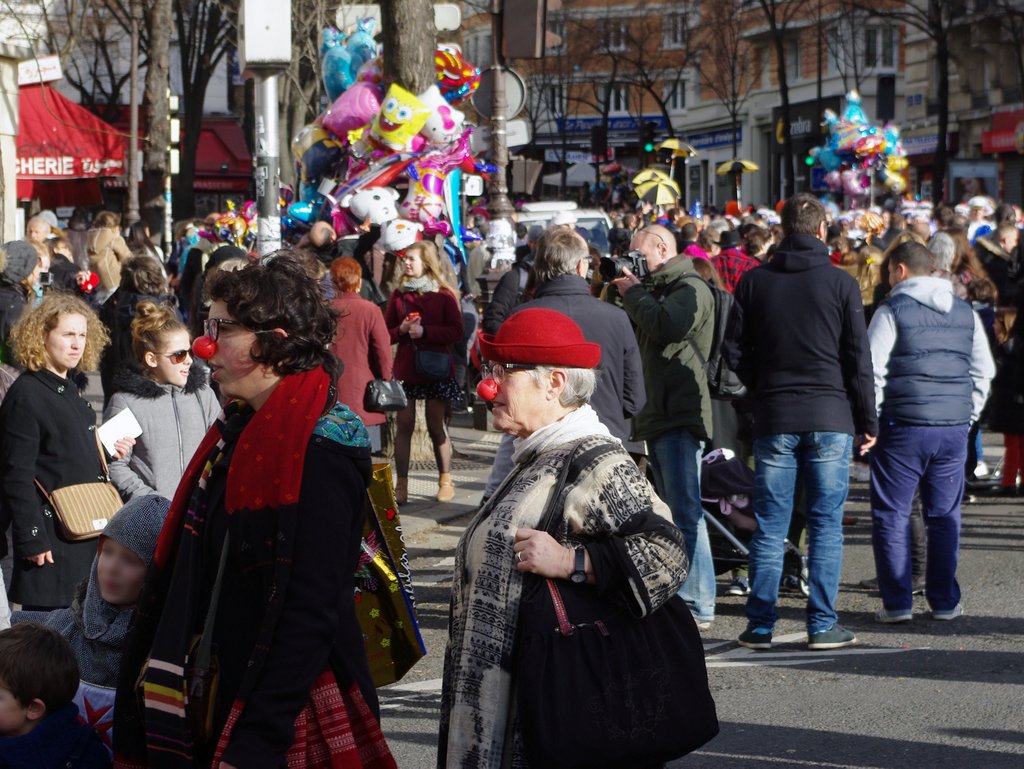
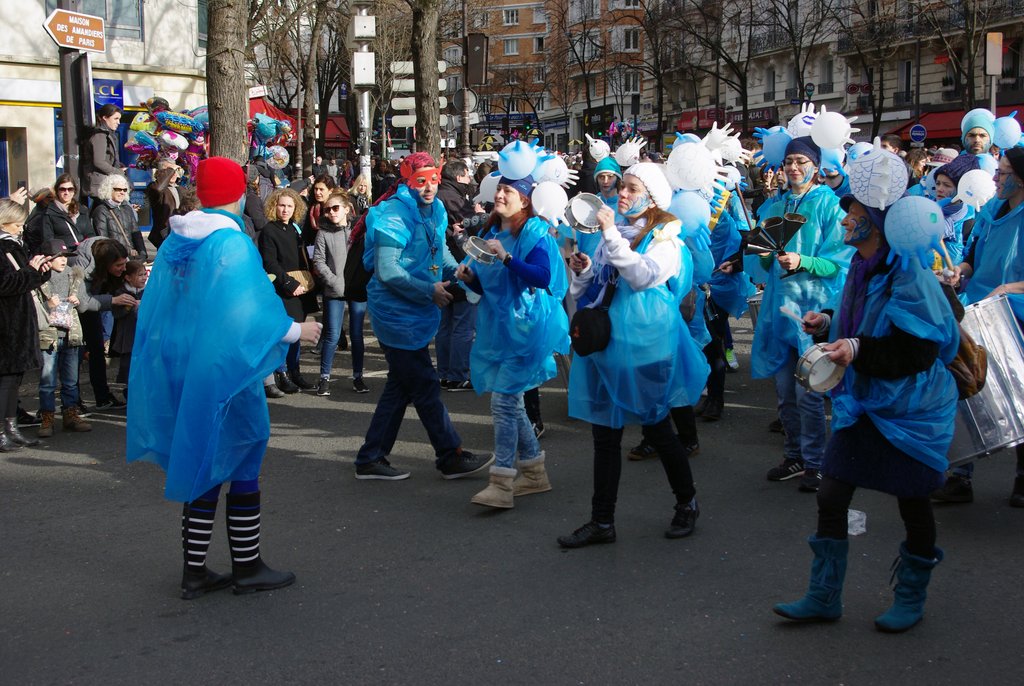
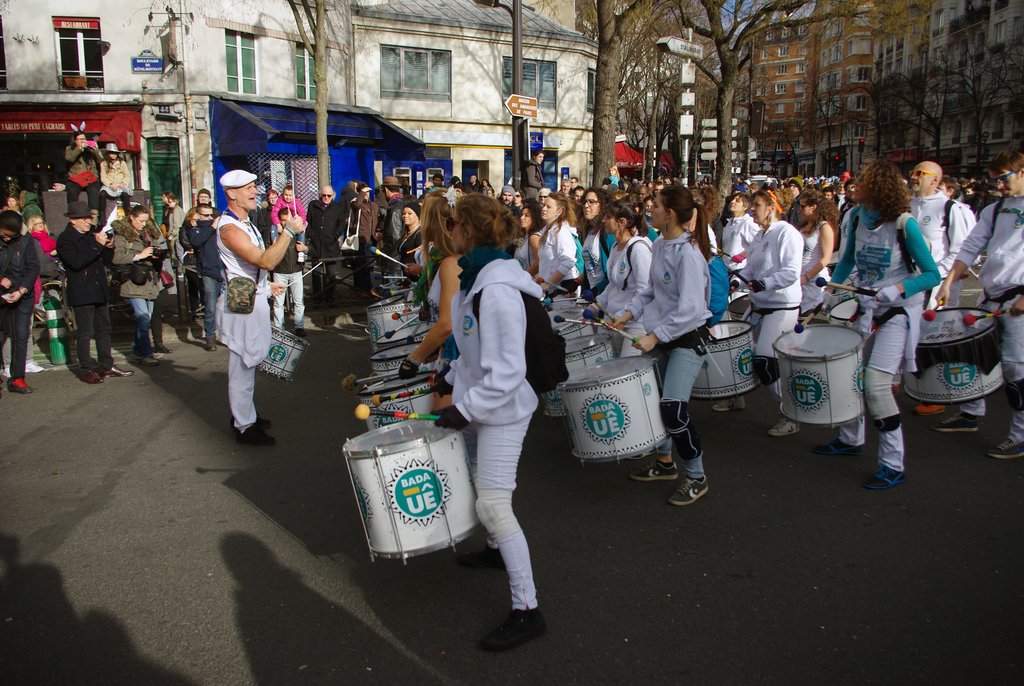
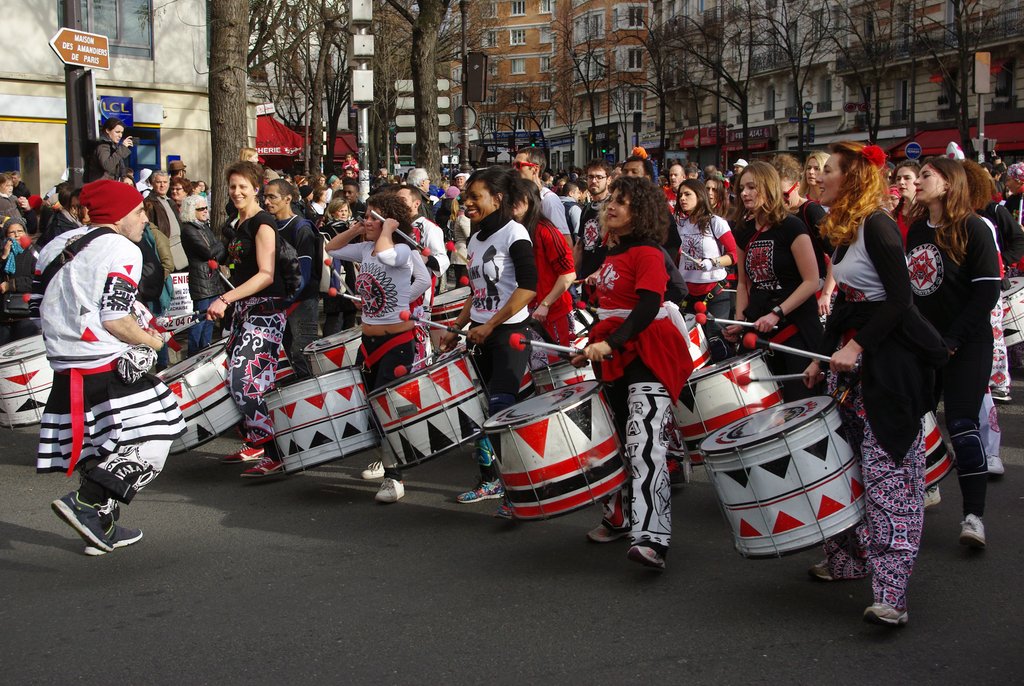
Would I go back? Absolutely.
There’s something extraordinary about seeing Paris, a city so often associated with elegance and sophistication, let loose in a whirlwind of colour and sound.
If you ever get the chance, don’t miss it.
Find out more about the parade on the festival’s official website.

